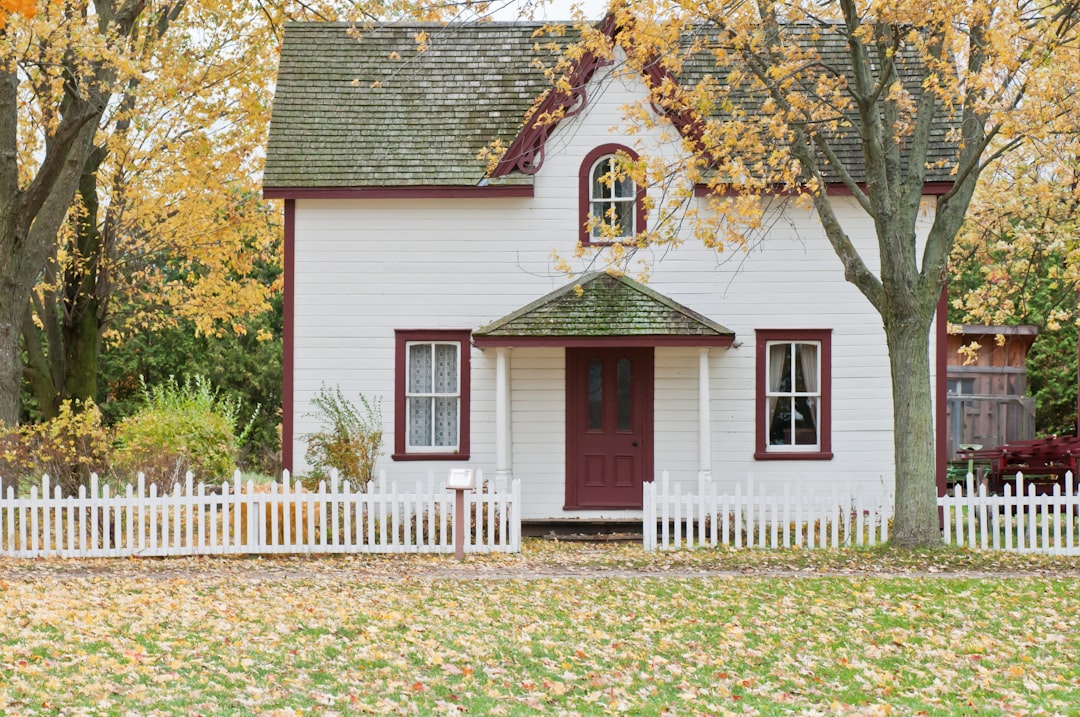How to Design a Space That Reflects Your Personality.
Posted at 08 Nov 2024
7 minute readtime
Table of Contents
1 - Introduction
In the age of individuality, designing a space that authentically reflects your personality has become more important than ever. Your home is not just a shelter; it's an expression of who you are, your preferences, and your lifestyle. Whether you prefer minimalistic designs, vibrant colors, or eco-friendly solutions, carefully choosing elements that represent your personality can transform your living space into a unique haven. This guide will delve into the essential aspects of designing a personal space that resonates with your identity.2 - Understand Your Personality Type
Before you dive into the design process, it’s crucial to identify your personality type. Are you an extrovert who thrives on vibrant colors and social spaces, or are you an introvert who relishes in quiet, minimalistic environments? Knowing where you fall on this spectrum will help you make informed choices throughout your design process. Personality assessments such as the Myers-Briggs Type Indicator (MBTI) can also provide valuable insights. For instance, as a sensing type, you might prefer earthy tones and tangible materials, while those on the intuitive side may lean towards abstract art and futuristic designs.Additionally, reflecting on your hobbies and interests can yield valuable direction. For example, a person who enthusiastically enjoys gardening may want to integrate indoor plants or floral motifs, while a book lover might consider dedicated shelving or reading nooks.
3 - Choose a Color Palette That Resonates
Color is one of the most powerful tools in interior design and can significantly influence your emotions and the overall ambiance of a space. Start with a color palette that speaks to you. Are you drawn to soothing blues and greens or energetic yellows and reds? Tailoring your color choices to your personality can help create the desired atmosphere.For instance, if you find comfort in nature, consider using greens, browns, and earthy tones that create a sense of serenity. Meanwhile, if you're vibrant and outgoing, don't shy away from bold hues and patterns that evoke excitement. Implementing your color preferences can be achieved through wall paint, furniture, decor, and accent pieces. Remember that balance is crucial; avoid overwhelming yourself with too many contrasting colors.
4 - Incorporate Personal Decor and Artworks
Personal touches in your decor can bring your personality to life within your space. Incorporate art pieces and decor that tell your story or reflect your passions. For instance, if travel is a significant part of your life, displaying souvenirs, photographs, or maps from your adventures can serve as excellent conversation starters and enhance your space's character.Additionally, consider local artists or pieces that resonate with your culture or personal beliefs. Handmade crafts not only support local creators but also lend your space a unique, personal touch. Design a gallery wall featuring art that celebrates your favorite memories, quotes that inspire you, or creatively framed photos that evoke cherished feelings.
5 - Functional Yet Stylish Spaces
While it's essential to express your personality through design, functionality must not be overlooked. The layout and flow of your space should cater to your lifestyle. Think about how you use each space—do you entertain often? Would you benefit from a spacious, open-plan design with defined areas for dining and relaxing?Consider furniture arrangements that foster social interactions or comfortable designs that invite relaxation. A well-organized and functional space supports your daily activities without compromising on style. If you frequently work from home, integrate an efficient workspace that enhances productivity while harmonizing with your overall aesthetic.
6 - Utilize Textures and Materials That Speak to You
Textures and materials play a pivotal role in personalizing your space. The choice of fabrics, furnishings, and materials can all contribute to the overall feel of your environment. Reflecting your personality through textures can be done using a combination of materials like wood, metal, glass, and soft fabrics.For instance, if you favor comfort, consider cozy fabrics such as cotton or wool for cushions and throws. Alternatively, if you like a modern aesthetic, sleek materials such as glass and metal could be more suited to your taste. Mixing various textures not only adds visual interest but helps evoke specific emotions in your space. The key is to create a tactile experience that resonates with your personality while maintaining overall coherence in your design.
7 - Conclusion
Designing a space that reflects your personality requires thoughtful consideration and self-reflection. By understanding your personality type, selecting a cohesive color palette, incorporating personal decor, prioritizing function, and utilizing appealing textures, you can create an environment that truly represents who you are. Remember that your space should be a safe haven that brings joy, inspires creativity, and nourishes your soul. Let your personality shine through every element of your design, making your home a unique sanctuary tailored just for you.


